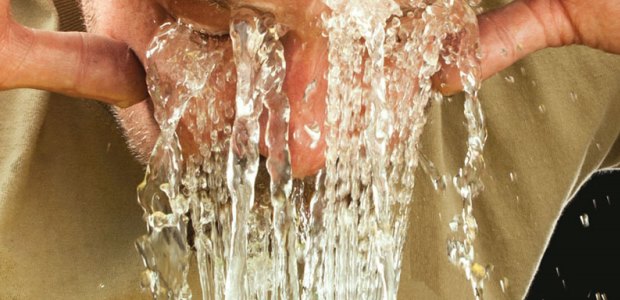
Emergency Response Protection Against Hypothermia
Evaluating the proper, ANSI-compliant enclosed safety solutions for your climates is an important first step in determining the right solution.
- By Kathryn Hess
- May 01, 2014
Low ambient temperature and wind chill may simply be part of the job in cold climates, but they can have a lethal effect on exposed skin--particularly when combined with hazardous conditions where safety showers are required. This problematic combination creates a scenario for an ineffective and injurious emergency shower response. In some cases, inappropriate safety equipment can actually speed up the potential for cold-temperature-related injuries, such as hypothermia. To ensure everyone's safety, awareness of and adherence to proper procedures and safety standards are critical.
Understanding Injury Risks Related to Cold Temperatures
The Occupational Safety and Health Administration defines hypothermia as a cold-temperature-related injury in which normal body temperature drops to or below 95 degrees F/35 degrees C. Symptoms include drowsiness or fatigue, bluish skin, uncontrollable shivering, slurred speech, and clumsy movements. Exposed flesh in 0 degrees F/17.8 degrees C with a 10 mph wind speed is in danger of hypothermia within one minute. Permanent tissue damage and death can result if hypothermia is left untreated.
Specific conditions in cold-weather climates can increase the risk of these injuries; hypothermia can affect a person even when land temperatures are above freezing or water temperatures are below 98.6 degrees F/37 degrees C. Factors influencing these injuries include:
- Low ambient temperatures and/or wind chill
- Wet skin, which freezes at a higher temperature than dry skin
- Exposed skin
While the ANSI Z358.1 Standard outlines suitable water temperatures as tepid--with a defined range of 60 to 100 degrees F/15.5 to 37.77 degrees C--and requires a full 15-minute drench period, the low end of this accepted temperature range can exacerbate the effects of hypothermia, particularly when exposure lasts the entire drench period. As a side note, an average residential shower temperature is 106 degrees F/41.1 degrees C.
Constant tepid water is essential to ensuring that an injured worker remains under the shower or submersed into an eyewash for the required 15 minute use cycle. Cutting short on the required time risks less than complete removal of the hazardous material, as well as failure to adequately cool the area affected by a chemical burn, for example.
In addition, ANSI Z358.1 Appendix B6 states: Colder ambient temperatures might require an enclosure for added protection--even with water supplied in the ANSI Z358.-specified temperature range, there is a high risk of hypothermia for wet victims exposed to frigid ambient temperatures where loss of body heat is intensified by the effects of evaporative cooling and wind chill. It is crucial that the proper safety shower system is provided to prevent an incident where hypothermia could intensify an injury to a victim already in a hazardous situation.
Evaluating the proper, ANSI-compliant enclosed safety solutions for your climates is an important first step in determining the right solution. Features specific to equipment intended for use in cold-weather climates include combination units enclosed in robust tempering booths with all-weather insulation; durable, water-proof exterior coating; self-closing shower doors; reliable built-in heaters; instantaneous internal hot water supply; and a medically superior, non-injurious water flow. All of these help with ANSI compliance and qualify as industry best practices. Combination shower unit enclosures eliminate frigid environments by providing a shower flushing area at a safe, controlled ambient temperature, out of the dangerous elements.
It should be understood that compliance is not a once-a-year or once-a-month thing. Compliance is an all-day, every-day requirement. Accordingly, emergency showers and eyewashes are required to be activated weekly, with a more thorough evaluation on an annual basis. This requirement is established in ANSI Z358.1 Sections 4.6.2, 4.6.5, and others. To help manage this process, many companies today opt to have an outside third-party inspection performed for them annually, which provides an added measure of credibility to the review process.
Properly preparing your facility and site for the use of climate specific equipment can mean the difference in minimizing or increasing the severe effects of cold-temperature injuries.
This article originally appeared in the May 2014 issue of Occupational Health & Safety.